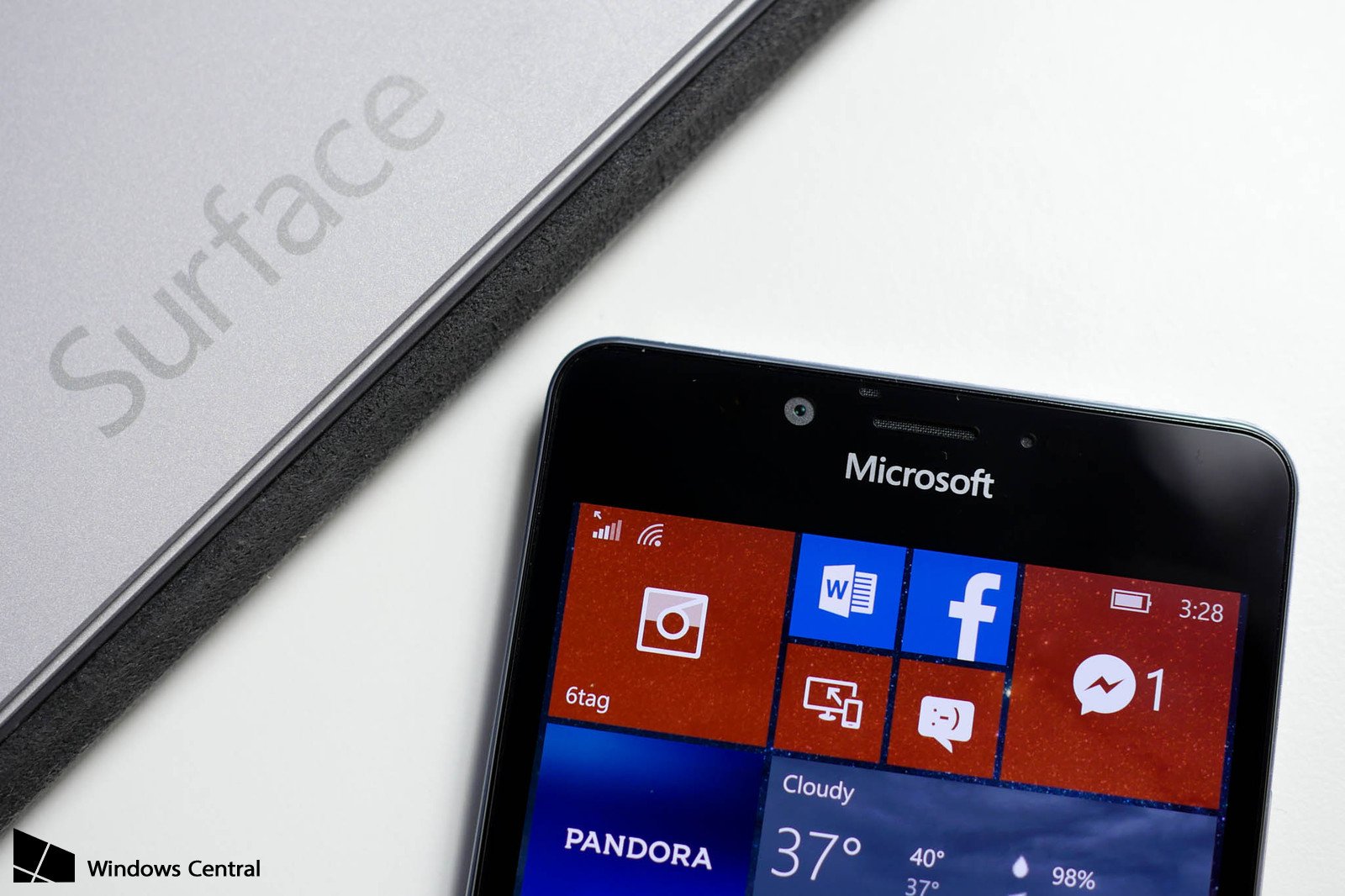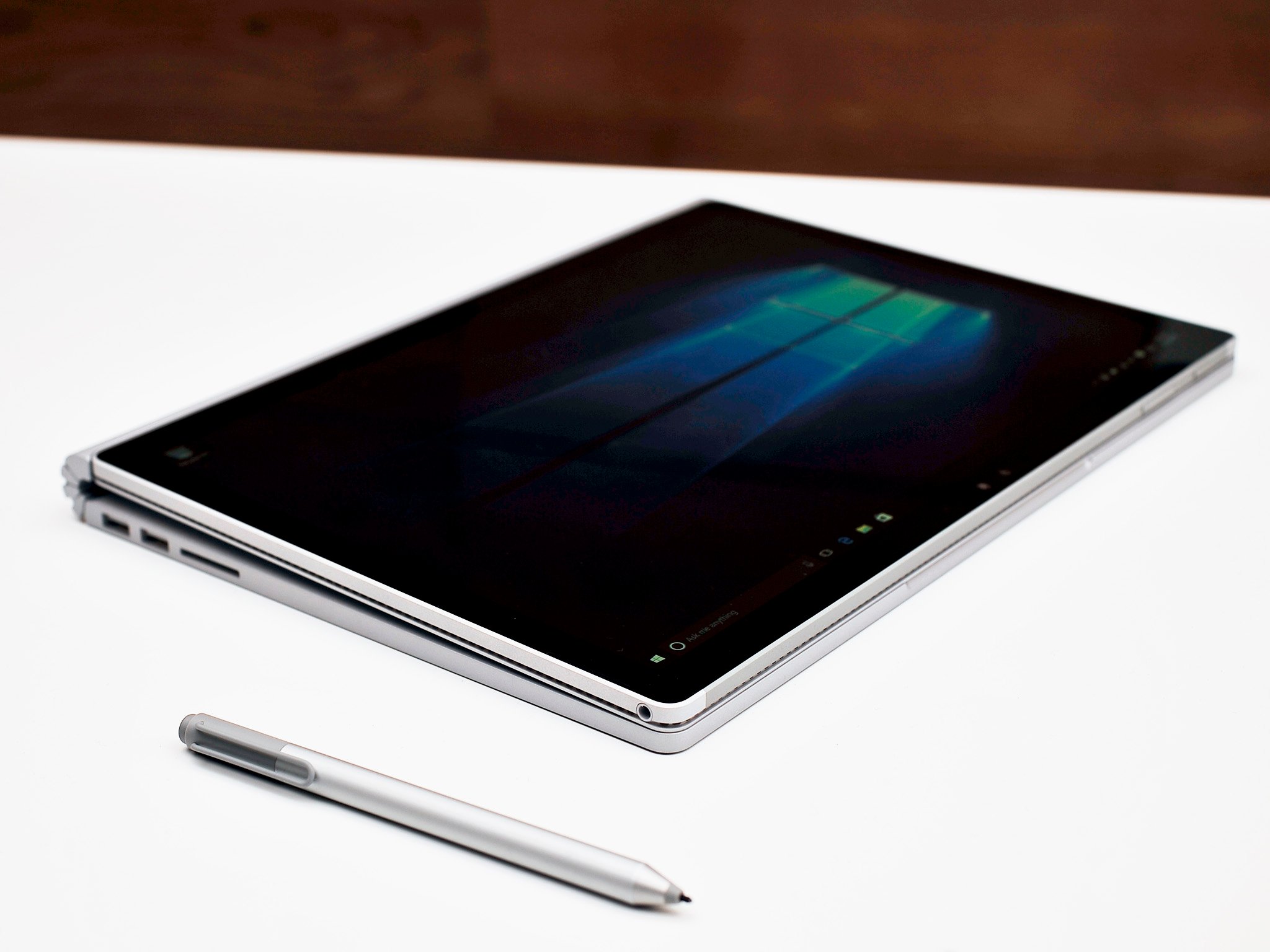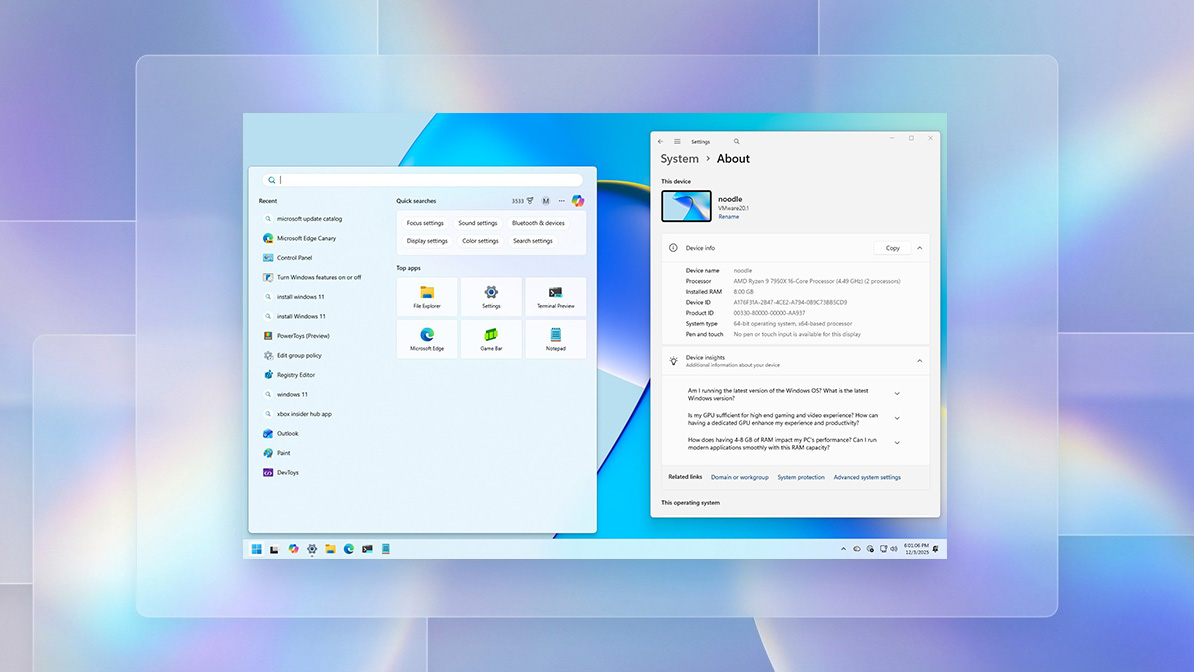The path to a Surface phone is clearer than ever with Windows 10 on ARM
Why does ARM on Windows 10 matter? What does it mean for a phone running Windows 10? Let's break down Microsoft's latest announcement to identify its implications.

Microsoft's announcement of Windows 10 on ARM is a momentous occasion. Companies like Apple have been rumored since 2012 to be working on bringing macOS to ARM. Even just weeks before the MacBook Pro refresh rumors were swirling that Apple's new laptops were ARM based. Yet it is Microsoft who is the first to do it for real (and not just for a Touch Bar).
To be clear, Windows 10 on ARM is about PCs and not phones. Nonetheless, the prospect that these two systems will come together is feasible. Here is how a Surface "phone" could happen, but first some background on why ARM even matters.
x86-64 versus ARM
ARM is the architecture used in modern smartphones. Whether it's Apple's A10 Fusion chip or Qualcomm's Snapdragon line, these processors are all based on the ARM architecture. ARM differs significantly from x86 and x64, which is what Intel chips like ATOM, Core M, and Core i are based, as well as AMD's processors.
Windows 10 Mobile runs on ARM; Windows 10 on x86-64. They share OneCore and UWP, but there's a yawning gulf between the architectures.
Windows 10 Mobile runs on ARM; Windows 10 for PC runs on x86-64. Both share OneCore and UWP as their center of overlap. The difference is also why you cannot run x86 Win32 apps on your phone. Architecture matters.
Because ARM was made to be efficient for small batteries and reduced thermal loads, it's ideal for smartphones and slim tablets.
Historically, ARM chips were significantly less powerful than desktop-class x86 processors. That's been changing in the last few years. Apple's A10 Fusion chip, found in the iPhone 7, is often compared in performance to the 2013 MacBook Air — which sported a 1.3GHz dual-core Intel Core i5 processor.
So, if ARM's so fantastic, why not just put your desktop OS on it? The task requires a tremendous amount of engineering and work. Microsoft, evidently, has finished it. Apple is likely still working on something.
All the latest news, reviews, and guides for Windows and Xbox diehards.

Why it's a big deal
The ability to run a full PC operating system on a tablet, two-in-one, or laptop powered by ARM has been the dream. Battery life in such a device gains a few hours with excellent thermals. The PC is now always connected to the internet. It can also be thinner and lighter than any x86-64 system — there's less battery needed for an acceptable lifespan and reduced thermal dissipation demands.
We already have that with smartphones, but now you can run a full OS for apps and games with minimal compromises.
Such a scenario changes concepts around gaming, using digital inking, productivity, reading, exchanging information, and creativity. It's the power of a PC but with fewer limits.
To make this tech dream come true, ARM's performance had to improve, batteries had to get better, and someone had to port their OS. Well, that all just happened and none of us are dreaming anymore. This is the coming reality.
Cost counts too
A performant x86-64 processor is also much more expensive than ARM. This pricing matters to companies trying to create new categories of devices with greater abilities. For example, an Intel ATOM chip is around $37, a Qualcomm Snapdragon 820 runs about $70. But an Intel Core M processor starts at $281 and a Core i7 can go over $600.
That problem of Core M PC sticks being fantastic, but crazy expensive now disappears.
Qualcomm's Snapdragon SoCs also have everything on board including Wi-Fi, LTE, GSM, Bluetooth, Quick Charge, and camera technology all for a fixed cost. Manufacturers choose which features they want and license it. Hence why your Qualcomm-powered phone might not have Quick Charge 3.0.
On the other end, x86-64 is just the processor. Any LTE modem support is extra, as are all the other radios. Because of this difference, PCs range in feature sets, price, and even size.
The additional components make x86-64 systems hotter, more expensive, larger, and harder on batteries than any ARM counterpart.
Microsoft's problem is they need something stronger than an ATOM, but cheaper and smaller than an Intel Core M. A processor based on ARM does all of that, plus adds in 4G LTE support, radios, and is significantly more efficient than an x86-64 system.

How to go from Mobile to the phone?
All this news and talk of smartphone components raises the next logical question: Why can't we run Windows 10 for ARM on a smartphone?
Why Microsoft keeps working on Windows 10 Mobile: ARM, cellular, and the next big thing
In theory, you now can. The reality though is more complicated. Nevertheless, you can bet Microsoft is very much likely working on such a scenario for a 'Pro' smartphone experience.
Here are a few reasons why Microsoft has not put Windows 10 on ARM on the phone… yet:
- Pricing: Such a phone will be more expensive. Additional RAM, a large SSD for significantly more storage, and the license SKU for full Windows 10 will make this "phone" costlier. Full Windows 10 takes around 20GB of storage versus ~4GB for Mobile. Full Windows 10 also ideally needs at least 8GB of RAM, compared to 2GB for Mobile. Most modern flagship smartphones have 4GB of RAM, with a few select Android phones sporting 6GB.
- Continuum in reverse: The interface experience is not there — even the touch-friendly Windows 10 design isn't going to work on a screen much smaller than 7 inches. Microsoft needs the Mobile shell (UI) for when the device is acting as a phone, but shows the desktop when docked. It's Windows 10 Mobile Continuum, but inverted.
- Phone support: While Windows 10 on ARM supports LTE data, it still lacks proper telephony abilities like phone calls, visual voicemail, SMS, and the like. Presumably, those features from the Mobile system will be incorporated into Windows 10 for ARM, but that still needs to happen.
- Let the dust settle: Microsoft wants to get Windows 10 on ARM into devices like tablets and two-in-ones first, build out UWP some more and refine the whole experience. Once emulation has improved and deployment has expanded, hardware costs will come down, Windows 10's power efficiency will improve, the processors will be even faster, and then a phone that can run Windows 10 on ARM makes sense.
There is also the idea of an external GPU (eGPU). That tech becomes an interesting extension for Continuum when docked and using Windows 10 on ARM. That technology, however, hasn't even been developed yet for ARM.
Windows 10 Mobile for budget
Despite some of these hurdles, it should be evident by now that Microsoft sees Windows 10 and Windows 10 Mobile scenarios colliding and overlapping.
A device that runs full Windows 10 on ARM can be positioned as a 'Pro' device for those who need it all.
Windows 10 Mobile through Continuum and even x86 emulation becomes more like a desktop PC. Meanwhile, the desktop PC becomes more like Mobile. Cats and dogs living together! Windows 10 Mobile can still hit much lower price marks, yet deliver a similar experience, compared to a device running full Windows 10.
When you break it down that way, then Windows 10 Mobile makes sense. It will be the "light" version of Windows 10 both in features and cost. A device that runs full Windows 10 on ARM, however, can be positioned as a 'Pro' device for those who need it all. Perhaps someday when even the base ARM processors are powerful enough, then a separate Mobile OS won't make sense anymore — but that's still years away at best.
The future is mobile
I think this is where Microsoft is headed. A "Surface phone" would be a Pro device that is high-end hardware, but capable of being a full PC when docked at a desk (or with a Lap Dock). Windows 10 Mobile can still be used for entry level and mid-range phones where such OS overhead is not required or even desired.
The future of Windows Mobile – Does Microsoft want to reboot the concept of a phone?
I think we also have our answer to why there is no Surface 4 yet and why manufacturers bailed on Windows 10 Mobile tablets. Microsoft obviously had something much bigger in the works that's more tantalizing to both them and their partners.
There are a lot of dots getting connected here between the realities of today's technologies and the Surface phone, and it's becoming obvious how Microsoft's going to bridge the remaining gaps. Inking, mixed reality, UWP, OneCore, Windows Hello, Windows 10 on ARM, far-field speech-communication, Continuum, and more all promise a world where the device in your pocket can do much more than just run dinky phone apps. You are seeing that world being created right in front of your eyes.
Windows 10 on ARM is game changing. Make no mistake about it: the path to the ultimate phone just became much clearer.

Daniel Rubino is the Editor-in-chief of Windows Central. He is also the head reviewer, podcast co-host, and analyst. He has been covering Microsoft since 2007 when this site was called WMExperts (and later Windows Phone Central). His interests include Windows, laptops, next-gen computing, and wearable tech. He has reviewed laptops for over 10 years and is particularly fond of 2-in-1 convertibles, Arm64 processors, new form factors, and thin-and-light PCs. Before all this tech stuff, he worked on a Ph.D. in linguistics, performed polysomnographs in NYC, and was a motion-picture operator for 17 years.
